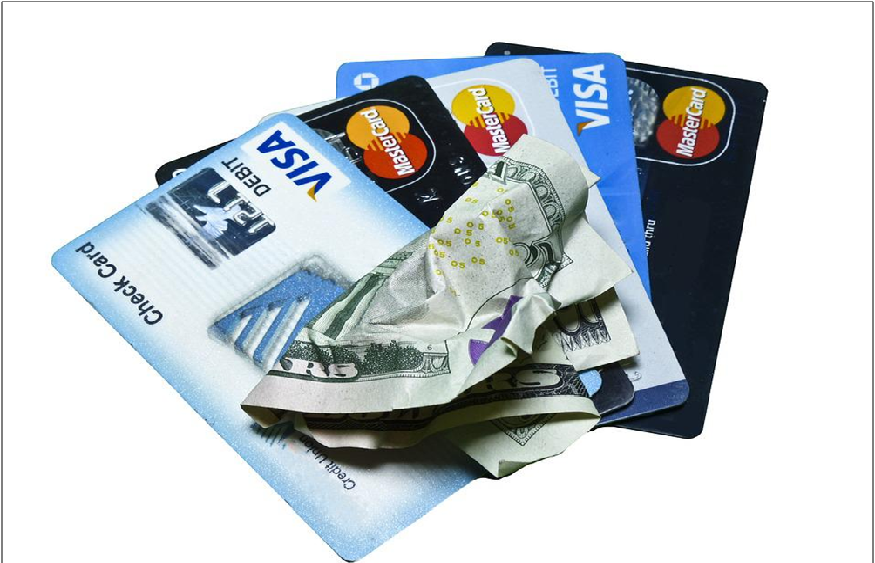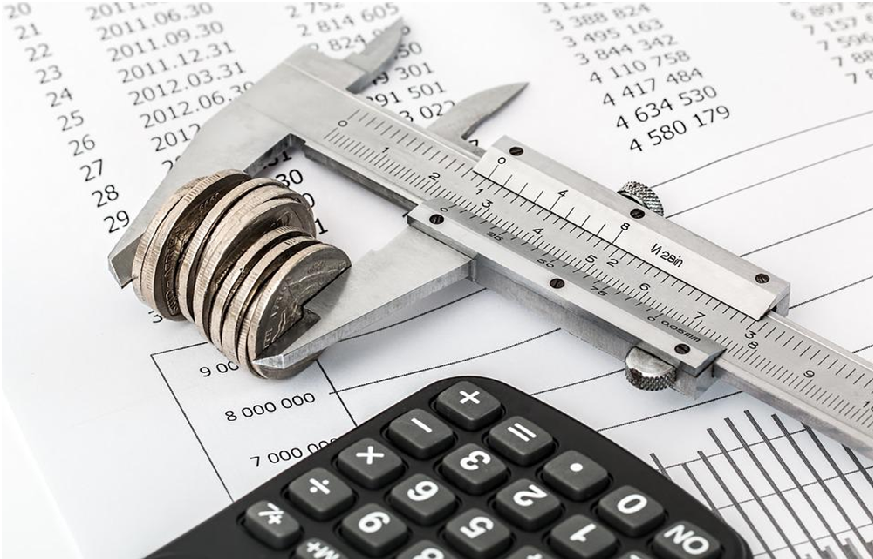The Importance of Consumer Credit or Forbrukslån
People from all walks of life need to borrow money at some point. Whether it’s for a new car, house repairs, or even something as simple as groceries, many individuals out there find themselves in a tough spot and have no other options but to take out these loans.
However, when it comes to the application process. Many of these people get rejected by traditional financial institutions like banks, which is why online lending companies have their backs. See more about the pros and cons of borrowing in banks on this site here.
This will generally give you a fixed amount of money that can range from $1000 to $100,000. You’ll receive it in a single lump sum. However, the amount and the interest will usually be determined by your credit score. This factor is typically the basis of many lenders in the industry.

The Importance of Consumer Credit
Consumer credit is one of the most important aspects of our economy. It allows people to purchase items they might otherwise not be able to afford. This is why lending companies exist. They let people borrow money with interest, and the borrowers are able to get the vacation or home renovation of their dreams.
The good news is that consumer credit and loans are still very important parts of our economy. The bad news is that there are several things that can go wrong with them. If you consider taking out a dent, make sure you understand the risks involved.
Understandably, consumers have a lot of confidence in their ability to pay back their debts. But sometimes, people get into trouble because they make bad decisions or they have based their choices on misinformation.
You might assume that you will be able to get a loan because you have been approved for one in the past. This can be a mistake if the amount borrowed is much larger than your income or assets allow. Another common reason people struggle with these debts is because they don’t understand how to manage money properly.
Sometimes people get into trouble by going too far into debt too quickly, which causes them to miss payments on several different bills at once. This can create a snowball effect where they find themselves buried in various loans.

How do they Work?
Usually, you can borrow a certain amount of money from a lender offering it to various customers. They will check your credit rating, personal information, and other factors before getting approved.
Once they determine you’re a good borrower, you can receive the funds in just a week, and some even have 24-hour processing. Consumer credit products come in several forms, including mortgages, car loans, and credit cards. After you’ve received the money, you’ll be able to spend it how you want, which can also be used for emergencies.
The downside of consumer credit is that it can lead to financial instability and even bankruptcy if the borrower cannot repay the debt. The credit scores will take a hit, which will show in future reports.
Types to Know
There are several types of consumer credit products: unsecured and secured. Unsecured debts include payday loans and small-dollar offers that do not require security, such as a down payment or collateral. Secured consumer debts include mortgages and car payments that require security, such as home equity or automobile equity.

Generally, many websites won’t require you to have collateral, which is why you might want to consider them. With the help of a forbrukslån with a reasonable rate, you’ll be able to fund your purchases in no time. You just have to make sure that you can repay them so you’ll be able to get higher offers and lower interest in the future.
Defaults and Delinquencies: Generally, public and private financing institutions track credit trends by examining default and delinquency data sets generated from two major sources: reporting bureaus and credit reporting agencies. These data sets provide information on borrowers in all loan industries, including home purchases and automobile loans.
When you’re delinquent with your payments, expect it to show on your reports. This is the same thing if you’ve defaulted on a loan. It’s best to maintain a clean record so you can easily borrow in the future.
Options for Borrowing Money
There are many different options for borrowing money, from taking out a loan from a bank or credit union to getting a loan from family and friends. Each option has its own set of benefits and drawbacks, so it’s important to choose the right one for your needs. Here are some tips for choosing the right type of loan:
-Think about your budget. How much can you afford to borrow? The interest rates on different loans can vary dramatically, so it’s important to know how much you can afford before borrowing.
-Consider your credit score. A good credit score means you’re likely to pay back, which makes you trustworthy in the eyes of the lender. You can save money on interest costs. However, a bad credit score can make applying difficult, and you’ll find that others are stricter with these.
-Be aware of fees. Many loans come with expenses, such as application fees, origination costs, or late payment penalties, that can amount to a high cost. Compare fees carefully before deciding which loan is right for you.
-Ask questions. If there’s anything you don’t understand about the offer you’re applying for, ask your bank or credit union representative how you can find out more information. They may be able to help you determine if a particular loan is right for you.
-Read the fine print. Before signing an agreement, read the terms, conditions, and numbers in detail. Ask what is and isn’t covered in the documents. If you’re not sure if something applies to you or your situation, ask. Get more info about fine prints in this link: https://www.investopedia.com/terms/f/fineprint.asp.
What to Know About Credit Cards?
Credit cards are now a popular part of many people’s lives. They allow individuals to purchase items they need and want with just one plastic card swipe. However, it would be best if you got approved by the lender before getting them.
The use of consumer credit and loans has increased over the past few decades. Today, many younger generations have at least one credit card, and many have outstanding loans. This widespread use of consumer credit is a major factor in the economy, and this helps a bit with the local and national trade.
However, you have to apply first with a bank before you can get approved for revolving credit. If used incorrectly, it cannot be easy to catch up. The interest alone can be overwhelming, and many are unsure when they can pay the full amount. Some prefer private consumer loans because they are easier to repay.
Consumer credit allows individuals to borrow money to buy goods or services they need. When used responsibly, debt can help individuals improve their financial status and achieve their goals. However, misuse of these loans can lead to financial problems for consumers and businesses alike.
About the Interest
Lenders make money by charging interest on consumer loans. Interest rates vary greatly based on the debt type and the borrower’s credit history. For example, lenders may charge lower interest rates on mortgages than they do on credit cards because the former is a secured loan. They can just seize the assets when the borrower defaults.
In addition, lenders may charge fees for products and services associated with consumer loans, such as origination charges or late payments fees. These factors influence consumer debt, and the amount of interest consumers owe. Lenders calculate the annual percentage rate (APR) to determine how much money borrowers will pay back over time.
However, financiers may also factor additional costs, such as late fees or collection charges, during a borrower’s repayment period. The total amount of interest a borrower pays can be based on an APR that includes all of these costs.
When it comes to figuring out how much money people owe, the amount they borrowed is not the only factor that matters. Although the dollar amount borrowed is important, it is often just one piece of information in determining how much consumers can afford to repay. This is why you need to calculate everything before signing any documents.
Types of Debts
The following is a list of different types of consumer debts that are available.
-Personal loan: This is given to an individual who needs money for a specific purpose. This type of loan can be used for things like debt consolidation, purchasing a car, or paying off high-interest debt.
-Home equity line of credit: A home equity line of credit (HELOC) is a type of debt that allows consumers to borrow against the value of their home. The HELOC typically has a longer repayment period than other types of consumer loans, but it has lower interest rates and can give consumers more flexibility in accessing the money they borrowed.
-Secured personal loan: A secured personal loan is one type that does not require a down payment. Unsecured personal loans are usually given to people who have good credit scores and who can prove they will be able to repay the debt.
-Payday loan: A payday loan is a short-term, high-cost type of consumer debt typically available to consumers in many countries with low credit scores or cash flow problems. The interest rate on a payday loan can be as high and often include fees for using an account that charges fees while it’s being repaid.

